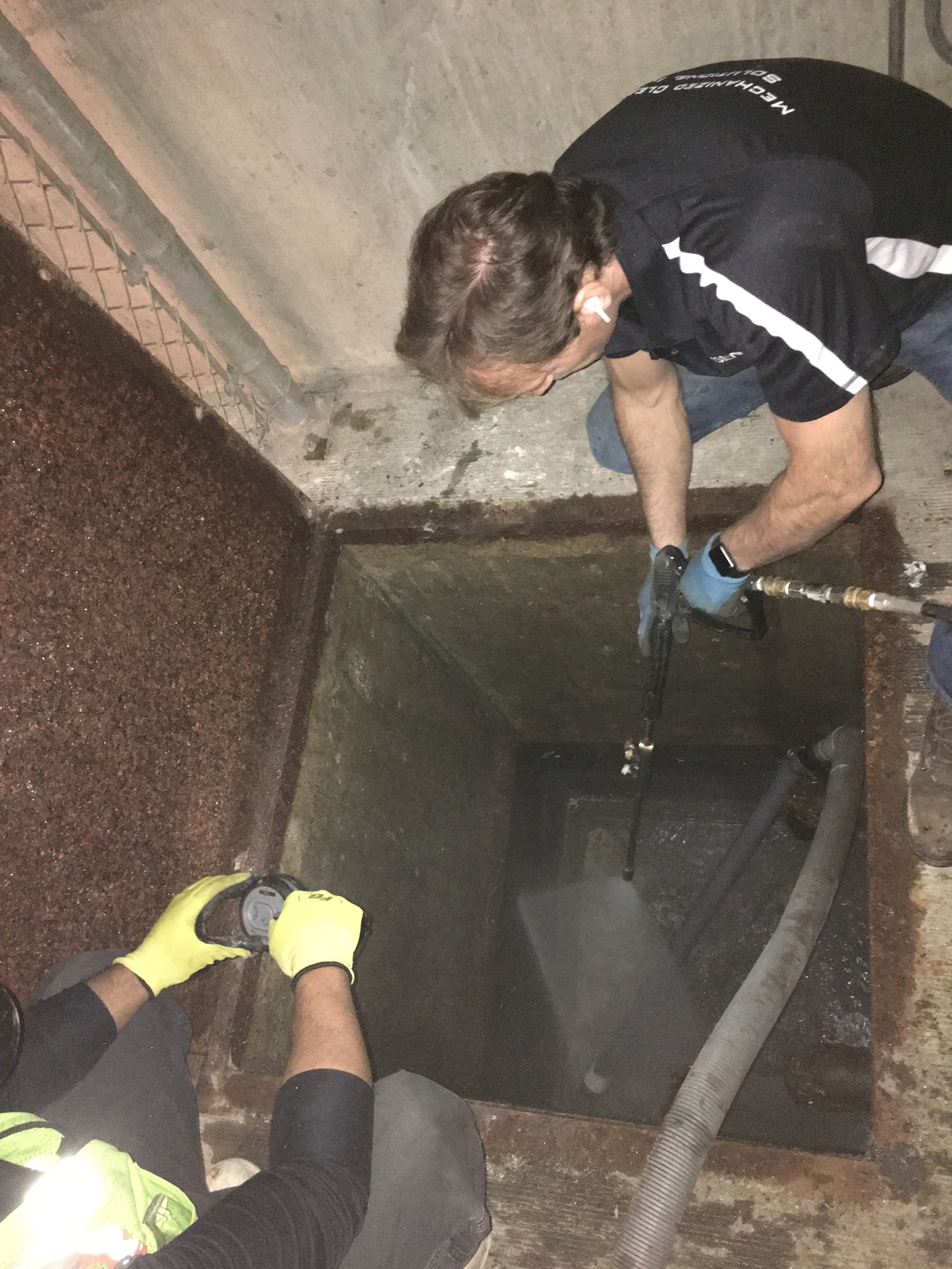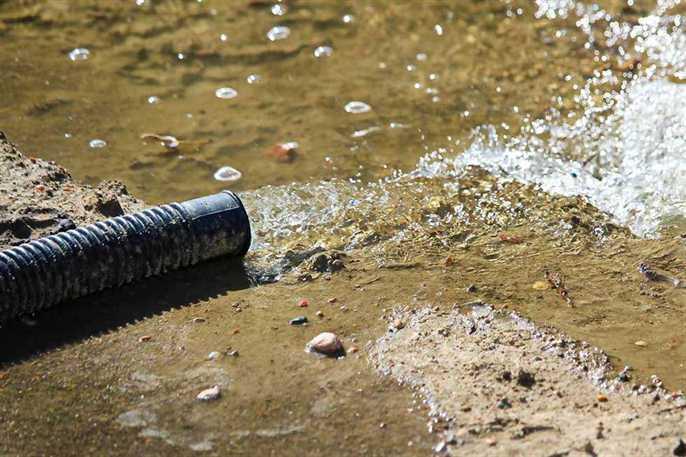Top Techniques for Taking Care of a Sump Pump
Top Techniques for Taking Care of a Sump Pump
Blog Article
Right here on the next paragraphs you can get a good deal of superb material about Steps to Cleaning Your Sump Pump Properly.

Sump pumps are important elements in many homes, particularly in locations vulnerable to flooding or excessive moisture. They help stop water damages by successfully getting rid of excess water from cellars or crawl spaces. Nonetheless, like any other device, sump pumps call for routine upkeep to guarantee they work successfully when needed one of the most. Cleaning your sump pump is a vital part of its upkeep, and recognizing exactly how to do it correctly can conserve you from pricey fixings and prospective calamities.
Intro
Keeping a tidy sump pump is important for its proper functioning and longevity. Ignoring this vital job can result in blockages, breakdowns, and eventually, water damages to your building. For that reason, learning how to clean a sump pump is vital for home owners that rely on these devices to keep their cellars dry and safeguarded.
Comprehending the Sump Pump
Prior to diving into the cleaning process, it's essential to have a fundamental understanding of how a sump pump works. Normally installed in a pit or basin below the cellar floor, a sump pump contains several key elements, consisting of a pump, a float button, and a discharge pipeline. When water builds up in the pit, the float switch triggers the pump, which after that pumps the water out via the discharge pipeline, far from the building's foundation.
Signs of a Dirty Sump Pump
Understanding when your sump pump needs cleansing is vital for preventing potential malfunctions. Some common indicators that show an unclean sump pump include strange sounds during procedure, decreased water circulation, and visible particles in the pit. If you discover any one of these signs, it's necessary to cleanse your sump pump quickly to stay clear of any additional issues.
Planning for Cleaning
Prior to you start cleansing your sump pump, it's important to take some safety precautions. Beginning by turning off the power to the pump to avoid any kind of electrical accidents. Additionally, use ideal protective gear, such as gloves and safety glasses, to protect on your own from dirt, debris, and potential microorganisms.
Detailed Overview to Cleaning Up a Sump Pump
Shutting down the Power
Begin by detaching the power supply to the sump pump to prevent any crashes while cleaning.
Eliminating Debris and Dust
Make use of a container or a scoop to remove any kind of visible particles, dust, or sediment from the sump pit. Dispose of the debris correctly to prevent it from clogging the pump or the discharge pipe.
Cleaning the Pump and Float Change
Once the pit is clear of particles, very carefully remove the pump from the pit. Evaluate the pump and the float switch for any type of indicators of damage or wear. Use a soft brush or cloth to clean up the surfaces and remove any kind of accumulated grime.
Purging the System
After cleansing the pump and float switch, purge the sump pit with clean water to remove any type of staying dirt or sediment. This will certainly aid guarantee that the pump operates smoothly and efficiently.
Checking for Proper Performance
Prior to re-installing the pump, perform a fast test to make certain that the float switch triggers the pump properly. Pour some water right into the sump pit and observe the pump's operation. If everything is operating properly, you can reconstruct the pump and reconnect the power supply.
Maintenance Tips to Maintain Your Sump Pump Clean
Along with regular cleaning, there are several upkeep suggestions you can follow to maintain your sump pump in ideal condition:
Conclusion
Cleansing your sump pump is a vital aspect of its maintenance and makes certain that it operates efficiently when you need it one of the most. By adhering to the actions laid out in this guide and integrating regular upkeep right into your routine, you can extend the lifespan of your sump pump and secure your home from water damage.
6 STEPS ON HOW TO CLEAN A SUMP PUMP PROPERLY
UNDERSTANDING SUMP PUMPS
Your sump pump plays a crucial role in protecting your home by managing and removing excess water. It primarily functions as a “shield”, guarding your basement against the damaging effects of water accumulation. The pump is housed in a sump pit in the lowest part of your basement, and its job is to pump out any water that collects there.
During heavy rainfalls or when snow melts rapidly, water can infiltrate your basement, posing potential risks like flooding, structural damage, and harmful mold growth. Here, the sump pump springs into action, pumping out the intruding water and directing it away from your home.
SAFETY FIRST
Before cleaning, remember to prioritize safety. Disconnect the sump pump from the power source to prevent any accidental electric shocks. Also, wear sturdy gloves to protect your hands from any sharp or dirty components within the pump.
REMOVE THE SUMP PUMP
After ensuring your safety, the next step is to remove the sump pump from its pit. Doing this might require careful maneuvering as you don’t want to damage any pump components. Once removed, clean the sump pit to remove any accumulated debris or sludge.
INSPECT THE PUMP
Inspect the pump for any visible signs of wear or damage. Check the power cord, float switch, and impeller housing. If any components look worn out or damaged, consider replacing them to ensure optimal performance.
CLEAN THE PUMP
Thoroughly clean the pump with warm, soapy water. Make sure to rid it of any dirt, gravel, or other debris that might impede its performance. You can use a toothbrush to clean the small, hard-to-reach parts of the pump.
REINSTALL THE SUMP PUMP
Reinstall the pump into the sump pit Make sure it’s positioned correctly to remove the water effectively Once it’s back in place, reconnect it to the power source TEST THE PUMP
Finally, pour some water into the pit to ensure the pump works correctly. It should start automatically and begin pumping out the water; if it doesn’t, check the power source and the positioning of the pump.
Remember, while cleaning your sump pump is an essential part of home maintenance, hiring a professional plumber for a thorough inspection and cleaning at least once a year is also important. This will ensure that your pump is in optimal condition, ready to protect your home from potential water damage.
BEST PRACTICES FOR CLEANING SUMP PUMP DISCHARGE PIPES
Regular Inspection: Regularly inspect your discharge pipes, especially during heavy rainfall or snowmelt periods. Look for any signs of blockage or damage. Early detection of problems can prevent serious issues down the line. Periodic Cleaning: Over time, sediment and debris can accumulate in the discharge pipes, impeding the flow of water. Regular cleaning helps keep the pipes clear and functioning efficiently. You can use a high-pressure water jet to effectively clean the pipes. Insulation During Winter: In colder climates, discharge pipes can freeze, blocking the outflow of water. Protect your discharge pipes from freezing temperatures by insulating them with foam pipe insulation. This will ensure the sump pump can continue to discharge water even in freezing conditions. Proper Positioning: The discharge pipe should be positioned to direct water away from your home’s foundation. Improper positioning can lead to water seeping back into the basement. Ensure the pipe is long enough and angled correctly. Installation of a Check Valve: A check valve prevents water from flowing back into your sump pit after the pump has pushed it out. Installing a check valve helps maintain the efficiency of your sump pump and reduces the risk of flooding. Minimize Pipe Turns: Every curve or turn in the discharge pipe can decrease the efficiency of water flow. By minimizing turns and bends in your discharge pipe, you can increase the efficiency of your sump pump. https://www.fullspeedplumbing.com/how-to-clean-a-sump-pump-properly9999/

We had been introduced to that article on through a buddy on our other domain. Enjoyed reading our piece of writing? Please quickly share it. Let others discover it. Thanks a lot for being here. Come back soon.
Get A Free Estimate Report this page